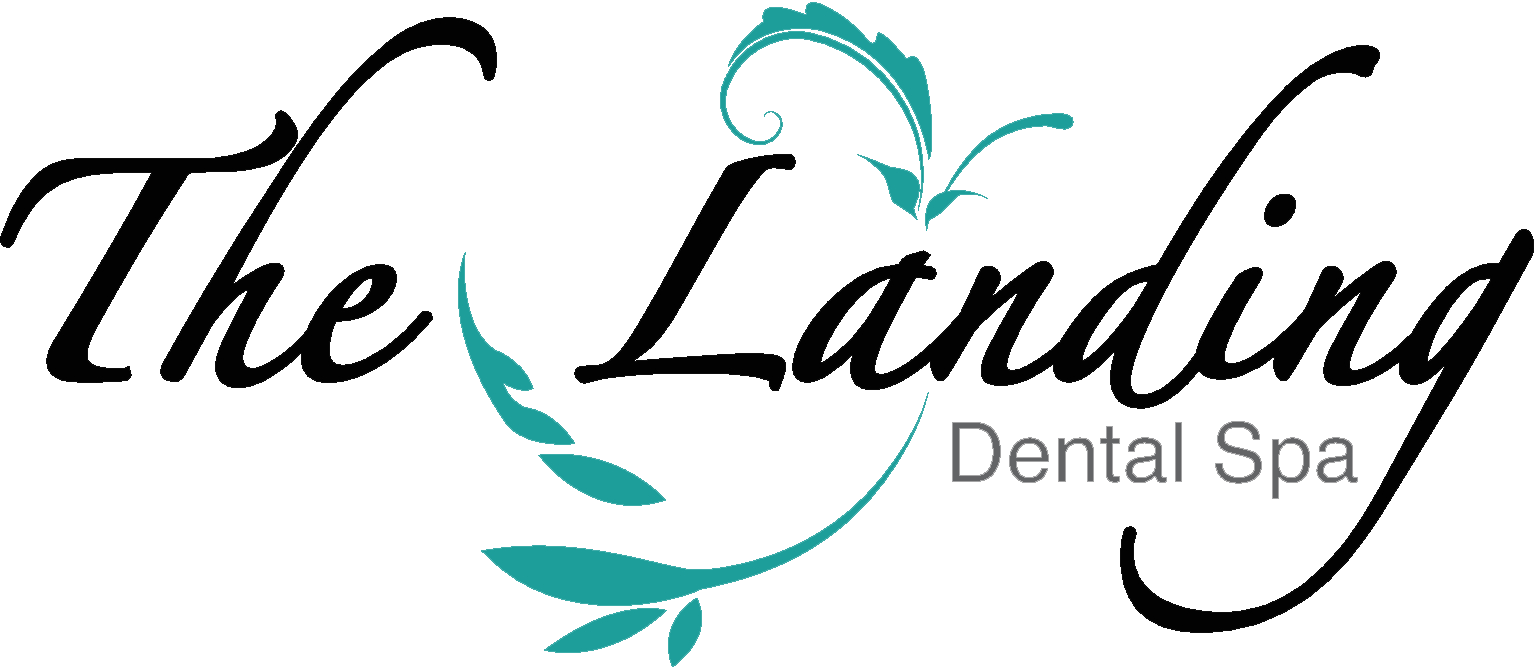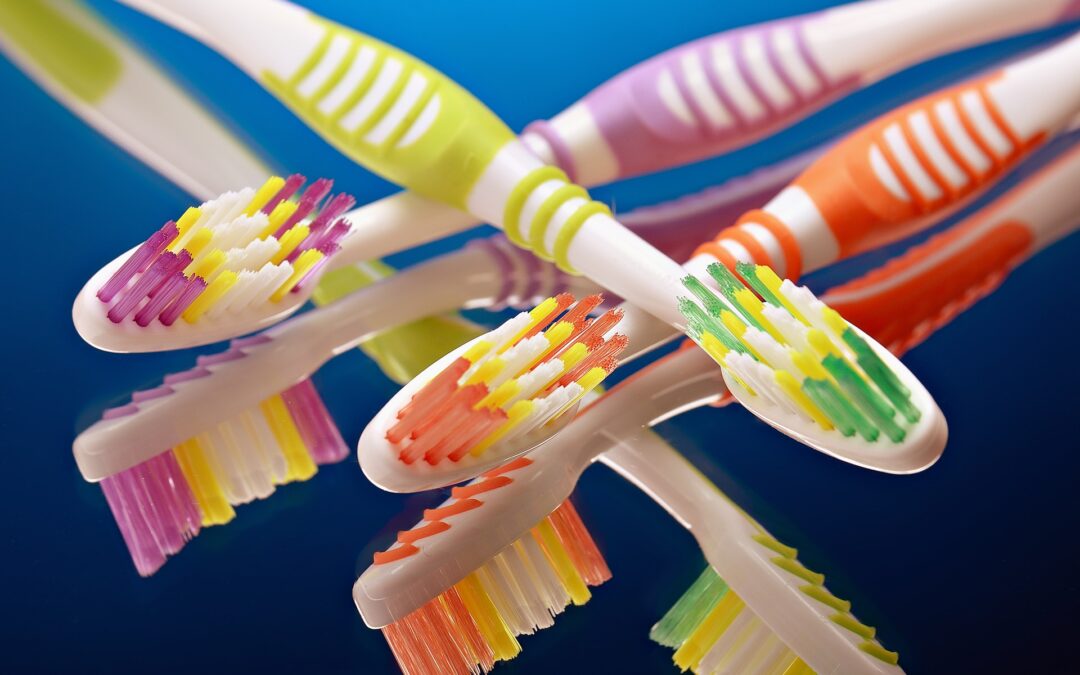You may think you know all there is to know about brushing your teeth, but learning to brush your teeth properly is not just something you just learn as a child. Brushing your teeth correctly is something that many of us as adults fail to do! Since childhood, your mouth has changed quite a bit, and therefore, we recommend that technique should change along with it.
Continue reading to learn more about the basics of brushing your teeth as an adult and some tips to help improve your oral care routine.
Consider These Basics
Your oral health begins with how clean your teeth are. For adults, brushing should be focused on the gums to keep the area clean and minimize any signs of gum disease and or gum decay. Don’t forget to brush the teeth themselves to help prevent cavities, and finally, make sure to brush your tongue or use a tongue scraper on it.
The American Dental Association recommends these basic steps to maintain oral health when brushing your teeth:
- Brush your teeth twice a day with a soft-bristled brush. The size and shape of your brush should fit your mouth, allowing you to reach all areas easily. Anything harder, even medium-bristled toothbrushes, can wear tooth enamel away. Soft bristles also clean more effectively than hard bristles because they can bend and get under your gums. This helps to loosen plaque and remove bacteria from your teeth and gum line.
- Replace your toothbrush every three or four months, or sooner if the bristles are frayed. A worn-out toothbrush will do a poor job of cleaning your teeth.
- Make sure to use an ADA-accepted toothbrush and fluoride toothpaste.
“Brush Up” on the Proper Technique
The American Dental Association recommends implementing the following techniques into your tooth brushing routine to improve your oral health:
- Place your toothbrush at a 45-degree angle to your gums.
- Gently move the brush back and forth in short strokes. Just don’t scrub too hard!
- Brush the outer surfaces, the inner surfaces, and the chewing surfaces of your teeth.
- To clean the inside surfaces of your front teeth, tilt the brush vertically and make several up-and-down strokes.
- Floss between your teeth once a day. Tooth decay-causing bacteria linger between teeth where toothbrush bristles can’t reach. Flossing helps to remove plaque and food particles from between the teeth and under the gum line.
- Eat a balanced diet that limits sugary beverages and snacks.
- See your dentist regularly for the prevention and treatment of oral disease.
Remember, brushing should take about two minutes total, and you should brush your teeth at least twice a day. It can be tempting to cut that time short, but we do not recommend that you rush. The two minute, twice a day rule is there for a reason! Listen to your favorite song or set a timer for two minutes on your cell phone to make sure you are thoroughly brushing your teeth.
Remember These Other Oral Health Care Tips
In addition to brushing and flossing every day, we recommend using a mouthwash containing fluoride. A fluoride mouthwash works by protecting your teeth from acids produced by bacteria found in plaque. It helps prevent and reverse early stages of tooth decay by strengthening tooth enamel and allowing teeth damaged by acid from plaque to remineralize. A fluoride mouthwash should be used after you finish brushing and flossing your teeth. It is not a substitute for daily brushing or flossing!
Additionally, we recommend that you abstain from tobacco products. If you use tobacco products, consider stopping. Using tobacco increases your risk of many diseases, including gum disease and tooth loss.
Know When to Visit Your Dentist | The Landing Dental Spa
Dental exams are an essential part of preventive dental care. Preventive dentistry is the practice of taking care of your teeth to keep them happy and healthy. Preventive dentistry aids in the avoidance of cavities, gum disease, enamel wear, gingivitis and periodontitis. To encourage healthy habits, it is recommended that all individuals schedule regular check-ups with their dentist; typically every six to 12 months.
In the meantime, we recommend that you contact your dentist as soon as possible if you notice any of the following symptoms that could suggest oral health problems:
- Red, tender or swollen gums
- Gums that bleed when you brush or floss
- Gums that begin pulling away from your teeth
- Loose permanent teeth
- Unusual sensitivity to hot and cold
- Persistent bad breath or an unusual taste in your mouth
- Painful chewing
At The Landing Dental Spa, we believe that detection and treatment of problems with your teeth, gums and mouth can help ensure that you have good oral health. If you need an appointment but don’t have a regular dentist, fill out our online contact form or give us a call at 304-594-2200. We look forward to hearing from you!
References:
Brush Teeth – American Dental Association


Recent Comments